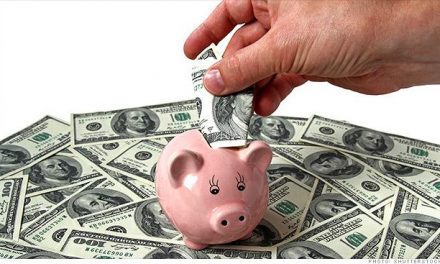Planning for your future is essential, especially when it comes to investing
We’ve all heard how important diversification is. The main reason for this is so that a portion of your total investment portfolio gets allocated towards safe investments, But what investments can actually be considered “safe”?.
The stock market is often regarded as a central vehicle for investments. Stocks offer opportunities for massive gains thanks to market volatility, but also expose investors to the possibility of huge losses due to that same volatility.
Is it possible to identify safe investments in the stock market that can grow your account without risking everything?

What is a safe investment?
When talking about safe investments, we’re referring to an investment opportunity with little risk of losing your initial investment — while seeing a return on that investment.some growth. There are, however, some potential downsides to a safe investments.
The lower an investment’s risk factor, the lower its potential gain.
One key method to balance lower risk with desired returns is to determine what portion of your assets you’re willing to allocate to particular risk levels. These levels, and an example of each, are:
- Low Risk: Certificates of Deposit (CDs) have virtually no risk, but offer extremely limited reward
- Moderate Risk: Investing in emerging markets equities
- High Risk: Investing in new business opportunities that statistically fail
These levels can be broken down further into low risk, moderately low risk, moderate, moderate growth, moderately high risk, and high risk. However, if you’re new to investing, start with the three basic levels. By diversifying across these levels, you get a balance of risk vs reward, with safe investments paired with potential large gains that can help you save for your future.

Determining the right breakdown for your portfolio is just about more than just investment risk.
Your age should also factor into determining how aggressively you invest. For younger investors, a more risk tolerant/aggressive approach to investing can help you net larger returns over a longer time frame while ensuring you have time for your portfolio to recover from short term losses. . On the other hand, as you get closer to retirement, finding a guaranteed income stream to cover your bills and daily living expenses is critical. AARP recommends focusing on more conservative investing starting at age 50.
Investing Wisely to Mitigate Risk
Regardless of age, there are no guarantees that your stock investments will increase in value, or even that they’ll increase at your desired rate of growth. All the research, planning, and preparation in the world can’t prevent occasional surprises. Just look at Bitcoin. Everyone’s favorite investment of 2017 was all Bull — until it tanked from nearly 20k to 3k. Hopefully, future surprises work in your favor, but that’s not always the case. You can prepare for unwanted surprises by: 
- Diversifying: Do not put all your eggs in one basket. We constantly hear about investors retiring in their 20s because of one big trade on a lucky stock pick. But for every person who hit it big, there are countless others who lost big betting on a “sure thing” that didn’t work out. Protect your portfolio by spreading your investment in some low risk stocks rather than “betting it all on black”.
- Start Slow: You should only invest a small percentage of your assets in the stock market. Ten to fifteen percent of your available assets is more than enough to get you started. As you gain experience and confidence, you can increase your investment accordingly. Or, if aren’t going your way, you can always reduce your investment to make sure you’ve got all your expenses covered..

- Don’t Get Too Excited: Avoid impulse buys! The old saying “if it sounds too good to be true, it probably is” applies to the stock market more than perhaps anything else. Do not get sucked into a compelling story with no facts to support it. Just look at Theranos, a breakthrough BioTech company that promised investors they’d revolutionize blood testing through technology. Fast forward one year, the company is defunct, the CEO said “I don’t know” 600+ times in her deposition, and investors who fought to give the company money saw it all go up in smoke as it became clear Theranos didn’t have any such technology. It’s okay to take a risk on an investment opportunity, but make sure you limit your exposure and do your research.
The Safest Stocks
When it comes to trading, investors have plenty of options (no pun intended) available. You can trade options, futures, commodities, futures, and more. But no matter what method you utilize, there are really only two basic choices: do it yourself or leverage a research or ‘done for you’ service. Regardless of whether you do it yourself or utilize a service, make sure you know exactly what’s happening with your money. 
Leveraging an expert’s advice or guidance on where, when, and how much to invest is absolutely worthwhile. But you should always do your own research into those recommendations. No one cares more about your money more than you do. So while your chosen service may be great, remember that they’re not working directly for you alone. Stay on top of your portfolio and make changes accordingly.
Every company you consider as an investment has its own story and growth potential. That should absolutely factor into your decision. But so should facts. Traditionally, certain types of stocks simply perform better than others, and are considered safer investments as a result.
For example, dividend stocks are some of the safest bets in the stock market. These types of stocks pay you a portion of their profits for each share you own. Turbulent market conditions have a diminished impact on these stocks because the price of each share doesn’t actually matter. Your return on investment comes from holding onto your shares for the long term and reinvesting your dividend payouts to realize compounding gains. That’s why US News Money recommends investing in dividend stocks for a safe, near-guaranteed return. For investors interested in safely generating income in the stock market, dividend stocks are a great bet.

There are other safe picks outside of dividend in the market.
Defensive stocks, for example, are associated with businesses that sell consumer staples. These stocks are traditionally safer from economic fluctuations or market volatility. Defensive stocks can still drop due to poor market conditions, but are generally much safer picks that are insulated from dramatic price moves other stocks can experience. Some examples of defensive stocks include:
- Food
- Hygiene products
- Health care
- Oil
- Markets
These stocks are non-cyclical, meaning consumers continue to buy them even if the economy tanks.. After all, market crashes, don’t stop people from needing to eat.
There are no guarantees when it comes to investing, but you can improve your odds of success by knowing your options, doing your research, diversifying, and investing in safer stocks.


